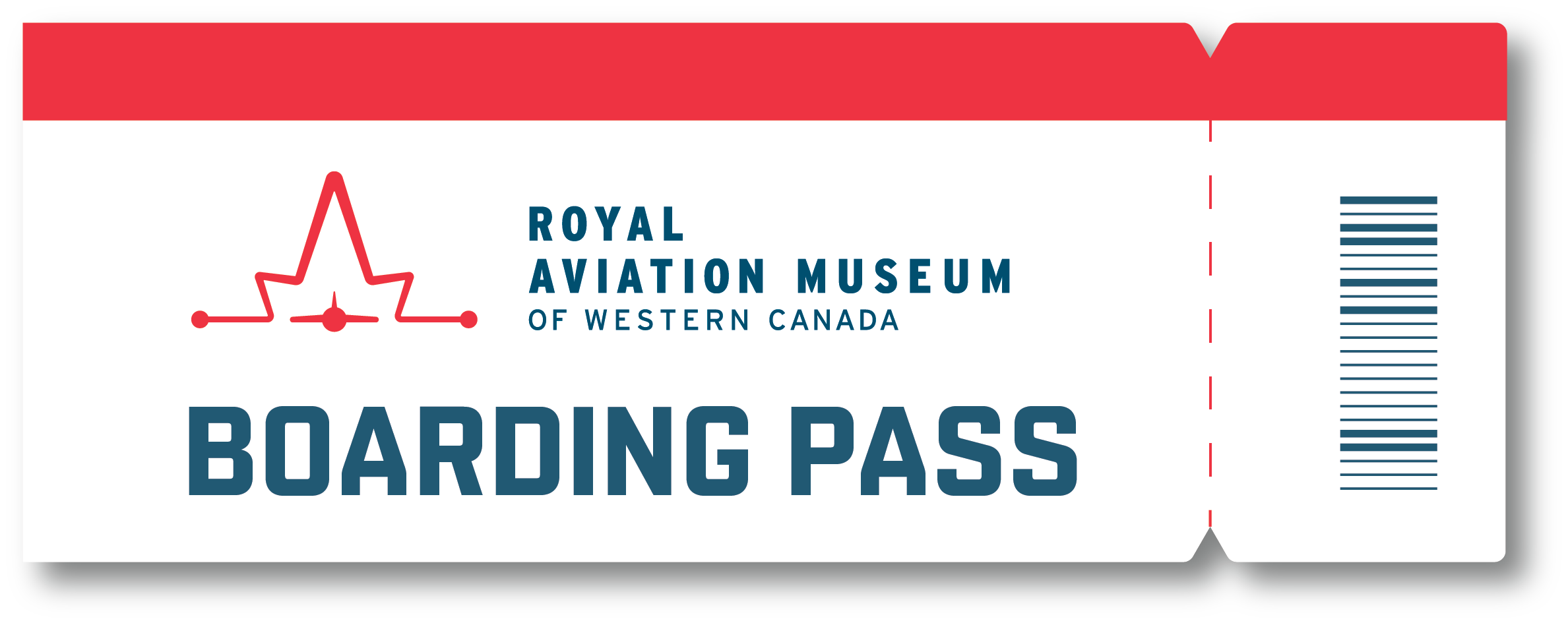In the late 1950s, the U.S. Army required a medium tactical transport aircraft capable of operating from short, rugged airfields. de Havilland Canada, which had already scored major successes with its DHC-2 Beaver and DHC-3 Otter bush planes, responded by developing its first twin-engine aircraft, the DHC-4 Caribou. Powered by a pair of 1,450 horsepower Pratt & Whitney Twin Wasp radial engines, the Caribou could carry 26 fully equipped troops or two light utility vehicles and still take off and land from runways as short as 200 metres. In 1959, the U.S. Army officially adopted the type, ordering 173 under the designation CV-2 Caribou. The aircraft was highly successful, being flown by over 20 military and civilian operators worldwide including the United States, Canada, Australia, and Spain.
In 1961, the U.S. Army put out another requirement for a Short Takeoff and Landing (STOL) transport capable of carrying the same payload as the CH-47 Chinook helicopter. As the DHC-4 Caribou was already in general U.S. Army service, to save on development and tooling costs de Havilland Canada decided to upgrade the design, enlarging the Caribou’s fuselage and fitting it with more powerful turboprop engines. The horizontal stabilizer was also raised out of the way of the airflow coming off the wings, creating a distinctive “T-tail.” The resulting aircraft, dubbed the DHC-5 Buffalo, had nearly twice the cargo capacity of the Caribou and even more impressive STOL performance. Thanks to its high-lift wing and large, full-length flaps, even at its maximum takeoff weight of 17,000 kilograms the Buffalo requires only 370 metres of runway to take off and 300 metres to land. Indeed, in 1976 the aircraft set no fewer than six time-to-climb records.
In 1963, the Buffalo was declared the winner of the U.S. Army competition, and four aircraft were ordered for preliminary trials. However, American manufacturers protested having to compete with a Canadian company, and no further orders were placed. Thankfully, other buyers soon appeared, including the Royal Canadian Air Force, which ordered 15 Buffalos under the designation CC-115. Like the earlier Caribou, the Buffalo was highly successful on the international market, serving as a military transport and civilian cargo/bush aircraft in over 20 countries including Brazil, Egypt, and the United Arab Emirates.
In 1975, RCAF Buffalos were retired from the tactical airlift role and used for domestic search and rescue (SAR) duties. Painted in a distinctive bright yellow livery, the aircraft proved ideal for searching vast areas of the ocean or rugged wilderness and delivering search-and-rescue technicians (SARTECHs) by parachute. The last six RCAF Buffalos – including the Museum’s aircraft, #115462 – served with No. 442 Transport and Rescue Squadron based in Comox, BC, until the type was finally retired in 2022 after 55 years of service. The Buffalo, along with the Lockheed C-130 Hercules heavy transport, is scheduled to be replaced in the search-and-rescue role by the CASA C-295 (CC-295 Kingfisher).

